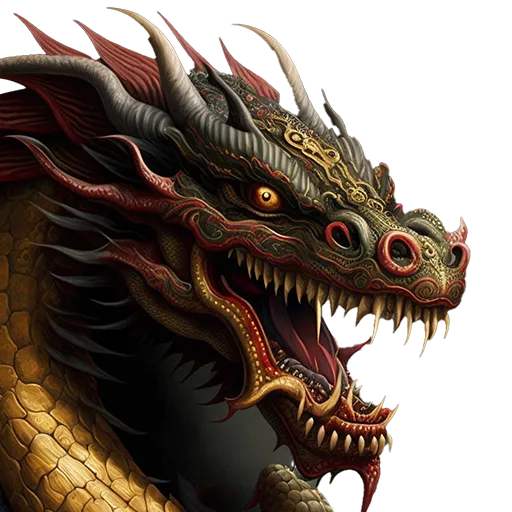The 5 Major Tai Chi Styles
Anyone interested in Tai Chi classes might be surprised to learn that there are different Tai Chi Chuan styles (also written as Taij Quan and Taijiquan). Although many styles have been developed in modern times, in China there are five major styles of Tai Chi that are widely recognized (“style,” in Pinyin, is Shi 氏). These are Chen Shi, Yang Shi, Wu Shi, Hao Shi, and Sun Shi. Each style has evolved and been passed down through many generations. The following is a brief introduction to the five major styles. More detailed characteristics of each style will be presented in a future post.
Chen Style Tai Chi (陳氏太极拳) takes its name from Chen Jia Guo (Chen Village) in Henan province. The style was developed by Chen Wanting during the late Ming or early Qing Dynasty. The style was passed down and refined by several generations of Chen family members. Chen Village is located less than 100 miles from the famed Shaolin Temple. A key figure in the development of the style was Chen Changxin, who is credited for the first set of 13 Postures and the Pao Chui (Cannon Fist) sets. Chen Fake, another famous master, was the first to bring the style to Beijing where it gained much popularity.
Yang Style Tai Chi (楊氏太极拳) derives its name from the style’s founder, Yang Luchan, who learned Tai Chi under Chen Changxing of Chen Village. Yang was originally from Hebei province. The style was passed down to his sons, Yang Bahou and Yang Jianhou. Yang Luchan’s grandsons, Yang Shouhou and Yang Chengfu, did much to propagate the art. It was Yang Chengfu who spread Yang Style Tai Chi to the south. He taught many students who went on to achieve considerable fame. Chen Weiming and Zheng Manqing (Cheng Manching) are two of the most renowned. Today, Yang Style Tai Chi is the most widely practiced style worldwide.
Wu Style Tai Chi (吳氏太极拳) derives its name from its founder, Wu Yuxiang, a native of Hebei Province, who learned Tai Chi from the famed Yang Luchan. His son, Wu Jianquan, inherited the art and is believed to be largely responsible for structuring the style. He is considered to be the leader of the Southern Branch of Wu Style Tai Chi. Wu Jianquan moved from Beijing to Shanghai in 1926 where he lived most of his life and there disseminated the art. Wang Maozhai, a renowned master, remained in Beijing and is considered the leader of the Northern branch of Wu Style Tai Chi.
Hao Style Tai Chi (郝式太极拳)derives its name from its founder, Hao Weizhen. He learned Wu Style Tai Chi from the famed Li Yishe. Hao Weizhen and Hao Yueru, along with other family members, modified the original Wu Style, and eventually this hybrid form took on the Hao family name. Today the style is often referred to as the Wu/Hao style of Tai Chi.
Sun Style Tai Chi (孙氏太极拳) derives its name from the founder of the style, the renowned Sun Lutang, who learned Tai Chi from Hao Weizhen. Sun was a highly skilled master of three internal arts: Xingyi Quan, Bagua Zhang, and Tai Chi Chuan, which he learned last. Sun Lutang integrated elements of Xingyi and Bagua in his style of Tai Chi, developed in the early 1900s. Sun wrote many books and was instrumental in giving new life to Chinese martial arts.
My Tai Chi Lineages I teach Yang Style and Wu Style Tai Chi. My primary teachers in Yang Style are Grandmaster William C. C. Chen, and Grandmaster Tao Bingxiang, who has passed. My primary teacher of Wu Style is Grandmaster Leung Shum. In addition, Professor Li Deyin, a great influence on the development and standardization of Contemporary Tai Chi routines, has been to my school several times to teach these new forms.
